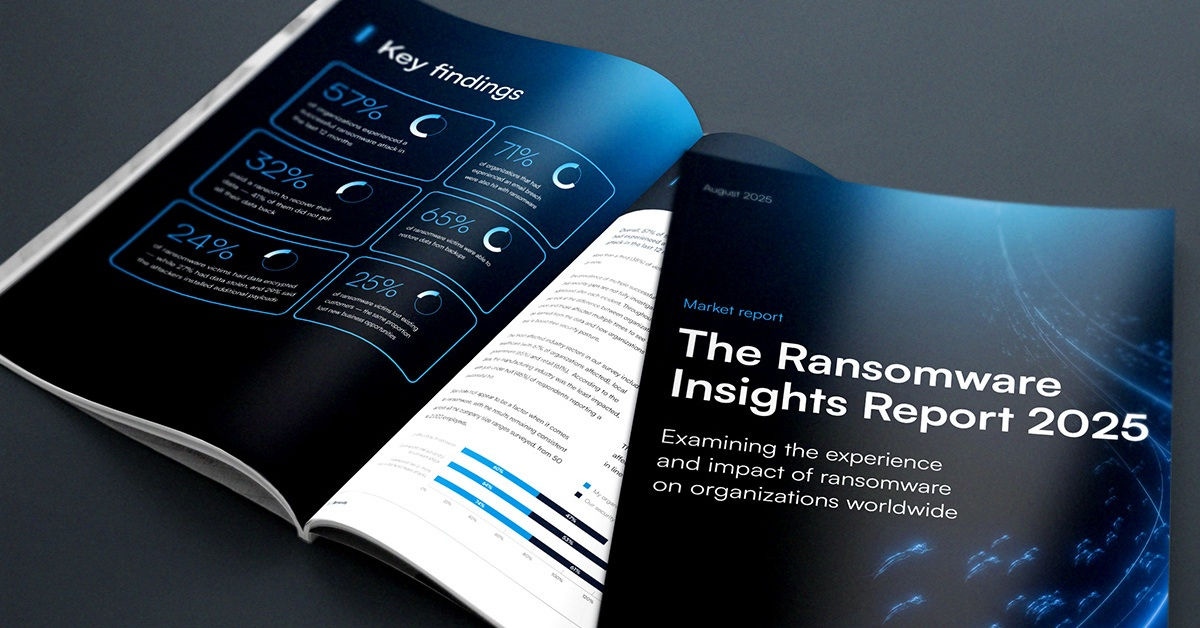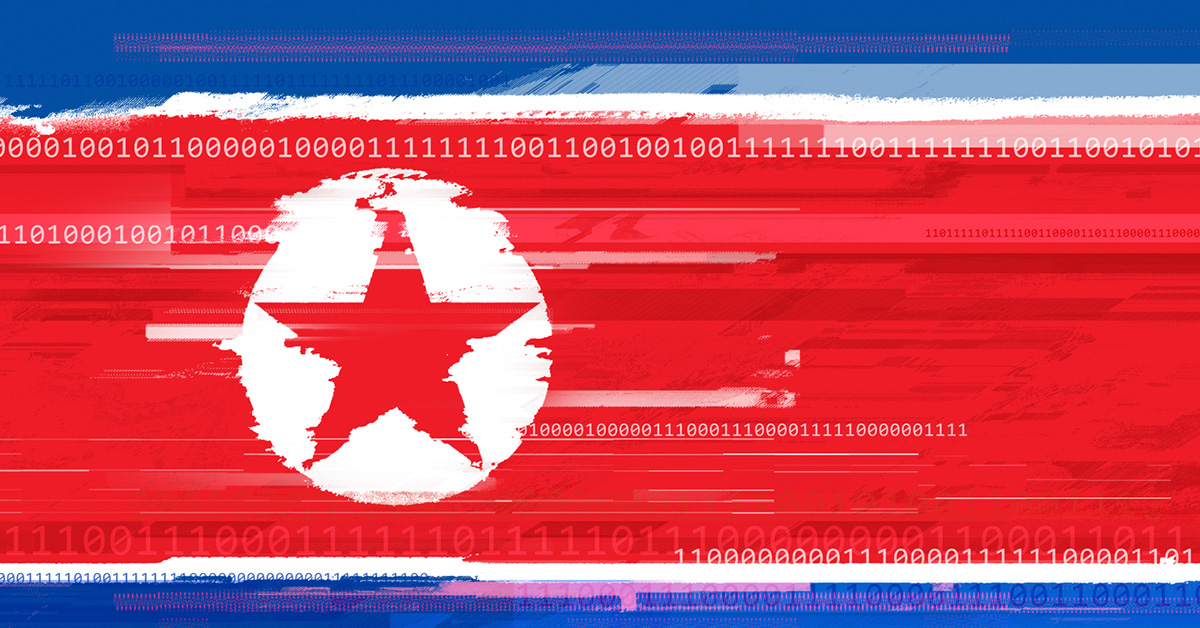
Survey surfaces cyber resilience challenges
A global survey of 3,556 security and C-suite business executives suggests that when it comes to cyber resiliency, most organizations still have a long road ahead.
Conducted by The Ponemon Institute on behalf of IBM, the survey puts the mean time for identifying and containing a data breach at 258 days, with only 12% claiming their organization ever fully recovered.
The most common type of data stolen or compromised was personally identifiable information (PII) belonging to customers (46%), with malicious attacks accounting for 55% of all breaches, compared to 23% caused by an IT failure or 22% attributed to human error.
The survey found that security teams detected those breaches 42% of the time, compared to benign third parties at 34% and cyber attackers themselves at 24%. More than a quarter of all breaches (27%) involved some types of intellectual property. When a breach was disclosed by an attacker, the average cost, including lost revenues, was $5.53 million, compared to $4.55 million when discovered by a cybersecurity team.
The primary reasons identified by survey respondents for why organizations are not as cyber resilient are attributed to security system complexity, security skills shortages, and third-party breaches. More than a quarter of respondents (26%) noted they work for organizations with severe security staffing shortages, which, on average, resulted in $1.76 million in higher costs.
On the plus side, however, the report also notes that 67% of respondents work for organizations that already make use of artificial intelligence (AI) and automation to improve security, with 20% already having some form of generative AI capability. On average, these organizations were able to detect and contain a security breach 98 days faster than organizations not using these technologies. Organizations not using AI and automation had average costs of $5.72 million, compared to $3.84 million for organizations making extensive use of AI and automation.
In effect, an ounce of prevention in the form of investing in the next wave of emerging cybersecurity technologies can save nearly $2 million in data breach costs. Given that return on investment (ROI), not making those investments is now nothing less than being the proverbial penny wise and a pound foolish.
A full 40% of breaches involved data stored across multiple environments, including public cloud, private cloud, and on-premises IT environments. These breaches cost more than $5 million on average and took the longest to identify and contain (283 days).
Most organizations today are rightly focused on trying to prevent cyberattacks, but preventing every data breach isn’t really possible. It’s clear that the longer it takes to discover and contain a data breach, the more costly it becomes. The more organizations prepare for such incidents by embracing data protection platforms, the faster they can recover. At an average recovery time of 258 days, it now takes organizations roughly two-thirds of a year to discover and recover from a single data breach. Multiply the costs generated by multiple data breaches in a single year, and it becomes all too apparent just how much cyber resiliency all but pays for itself.

The Ransomware Insights Report 2025
Risultati chiave sull'esperienza e l'impatto del ransomware sulle organizzazioni a livello mondiale
Iscriviti al blog di Barracuda.
Iscriviti per ricevere i Threat Spotlight, commenti del settore e altro ancora.

Sicurezza della vulnerabilità gestita: correzione più rapida, meno rischi, conformità più semplice
Scopri quanto può essere facile individuare le vulnerabilità che i criminali informatici vogliono sfruttare





